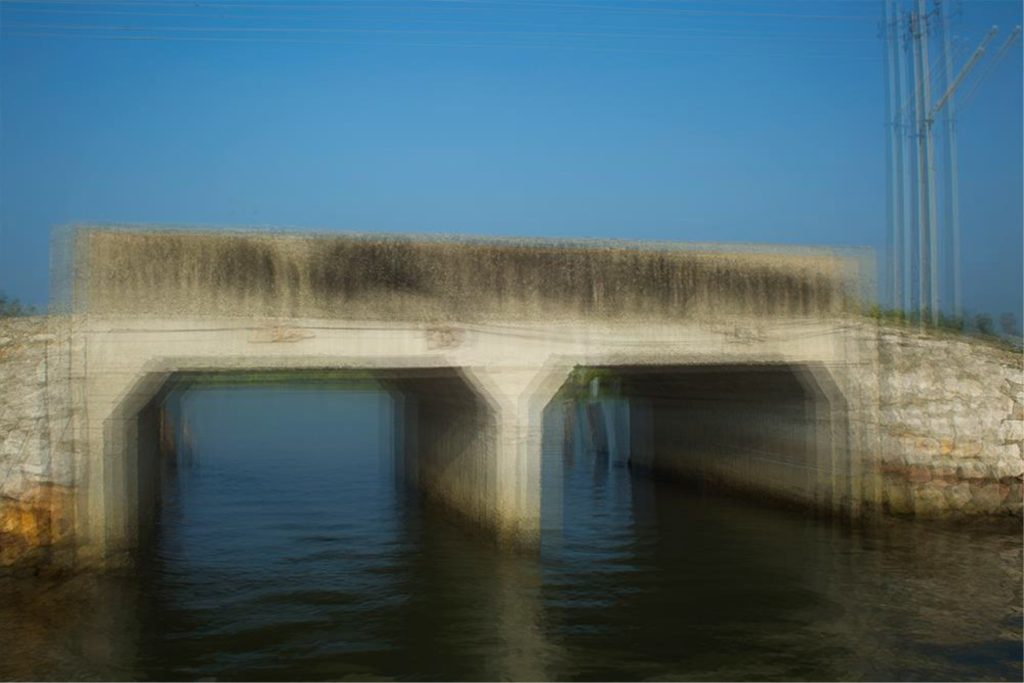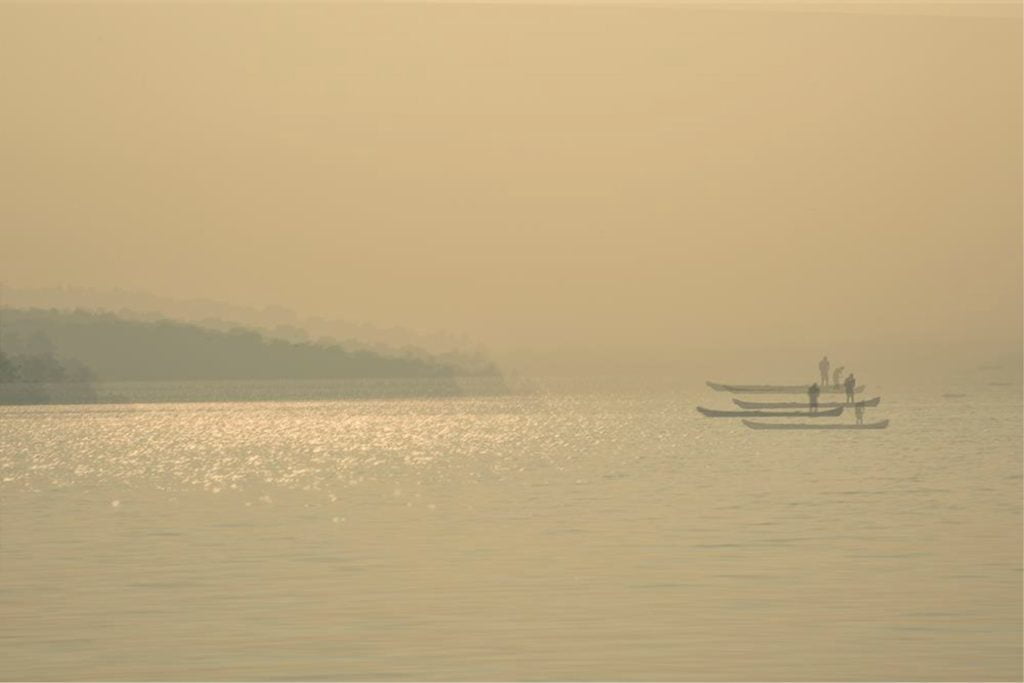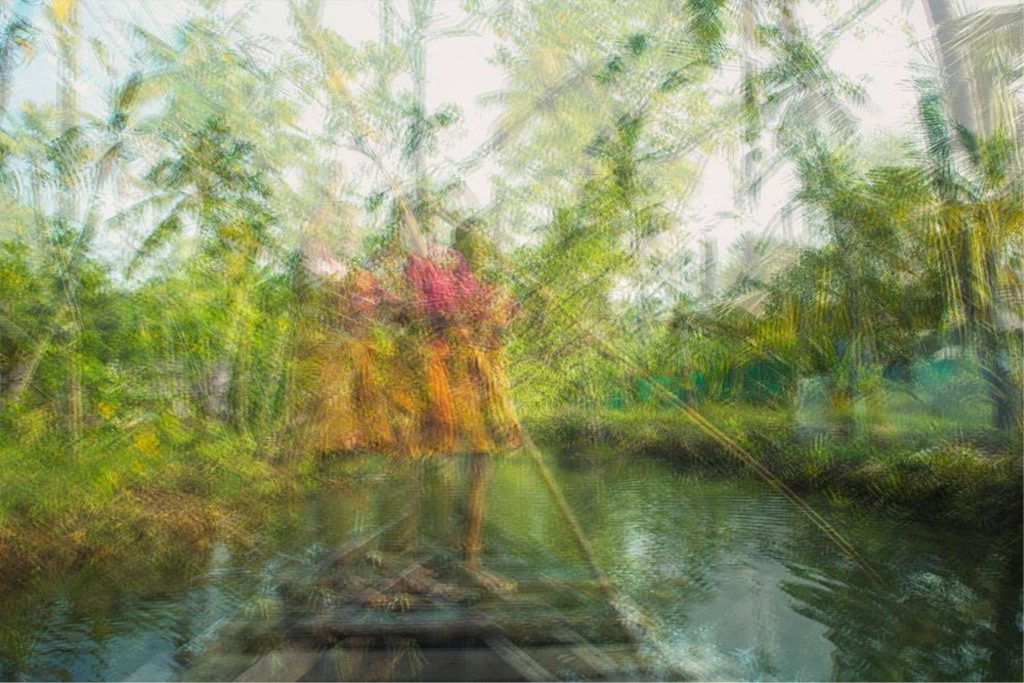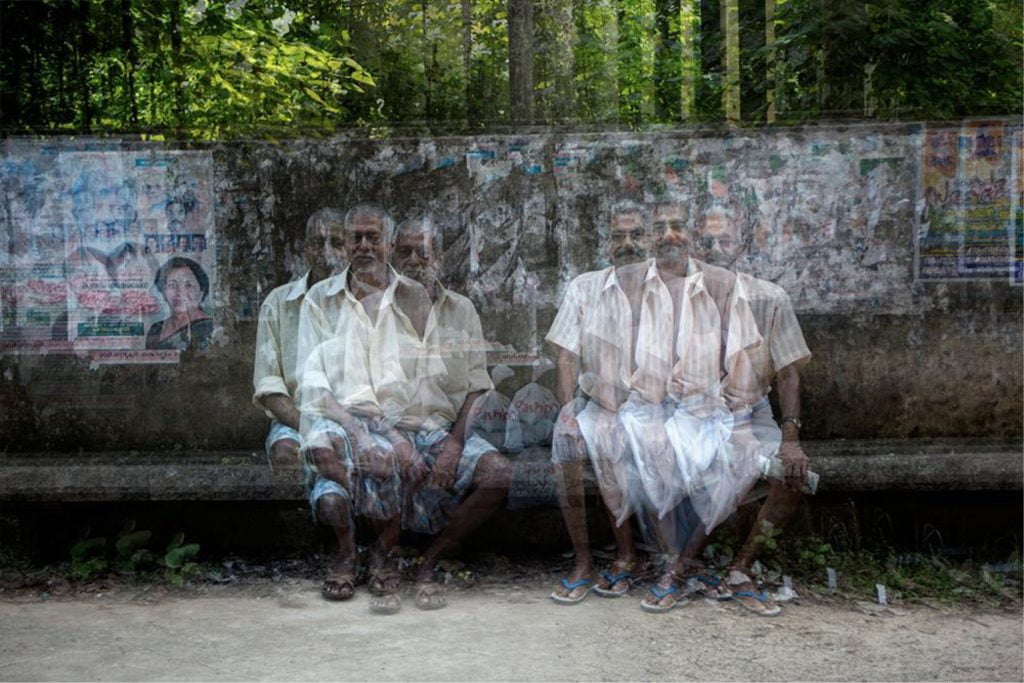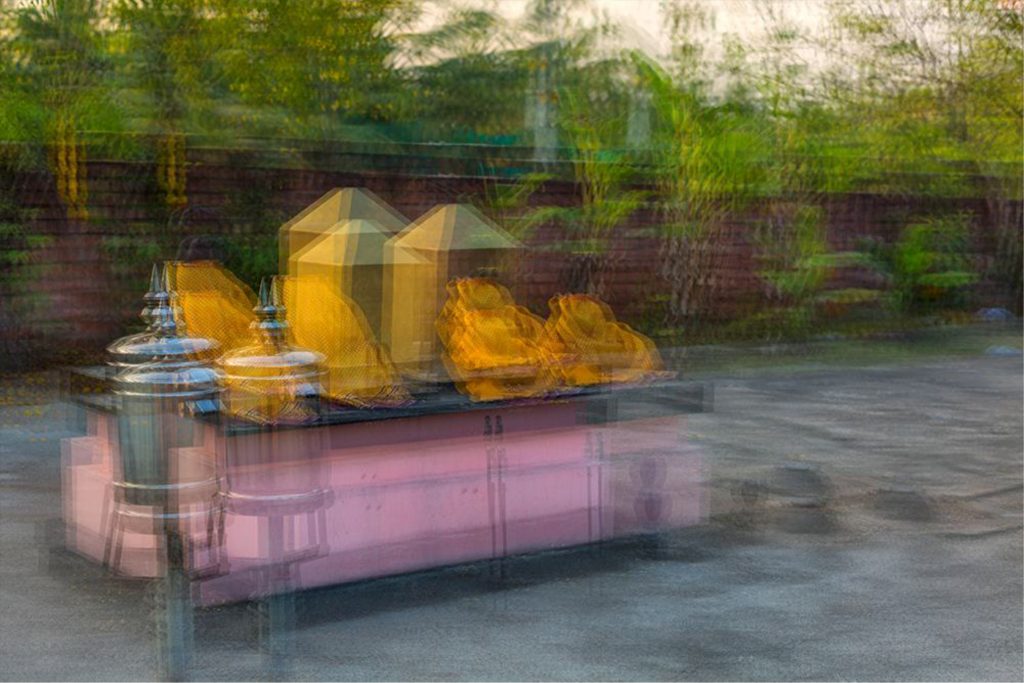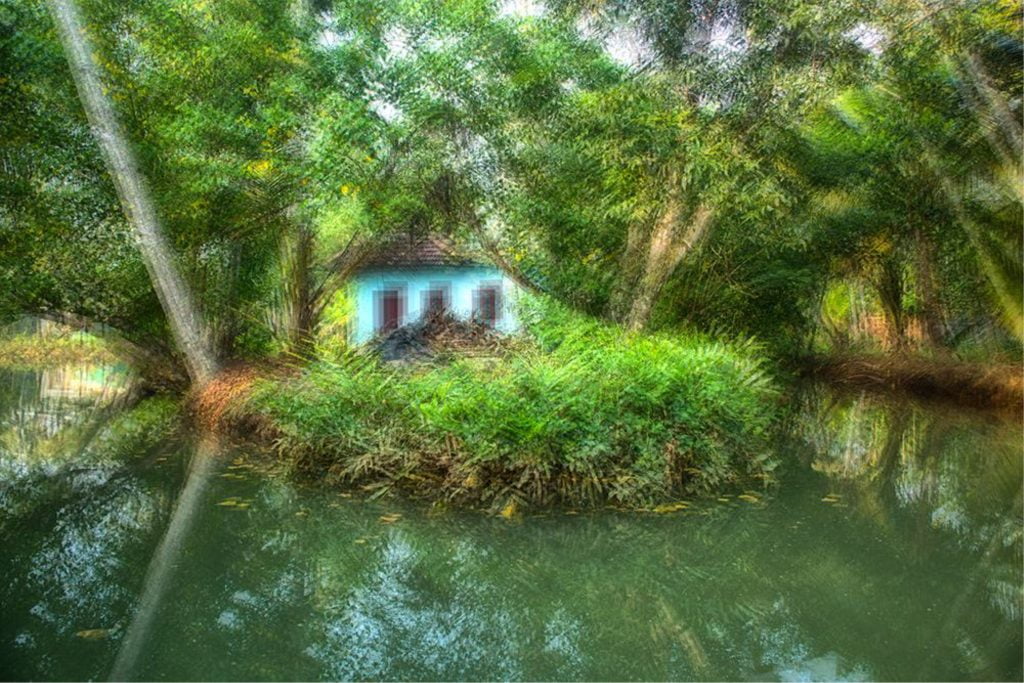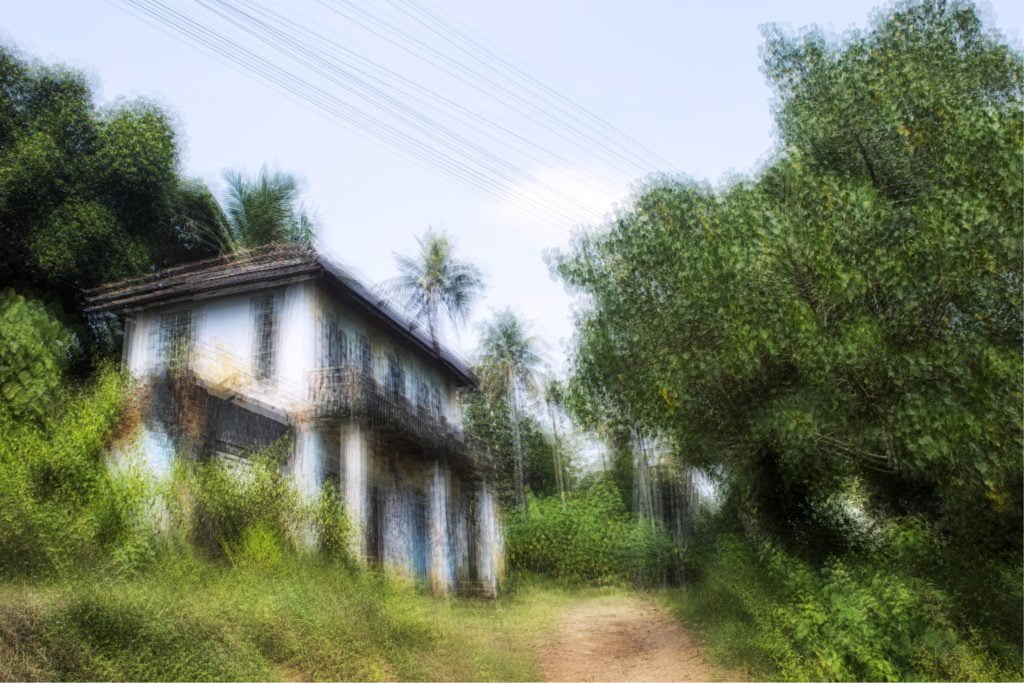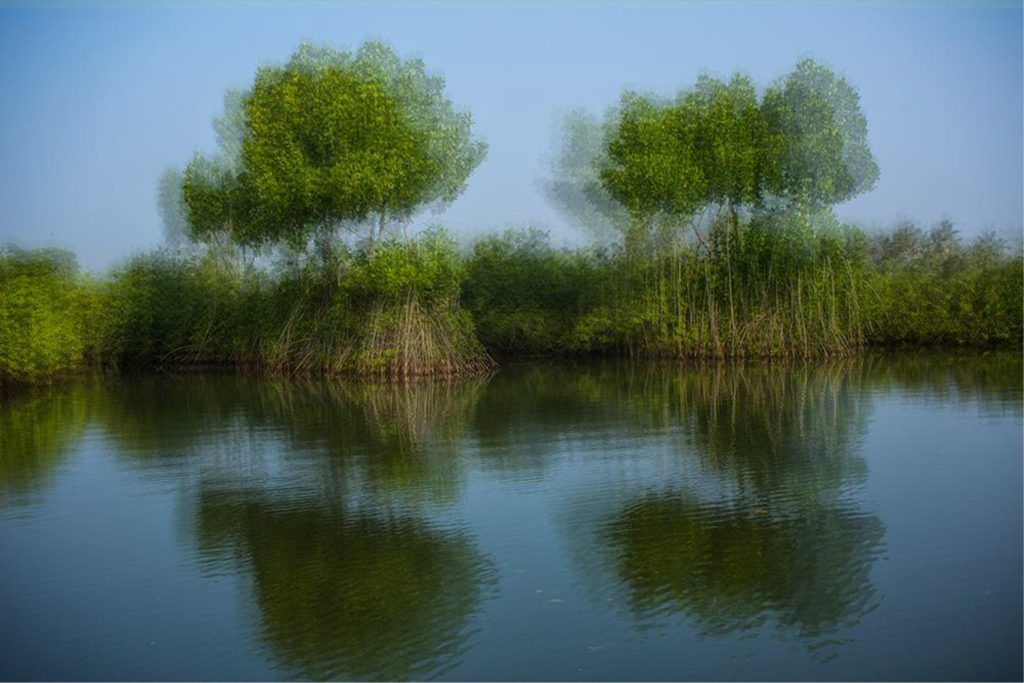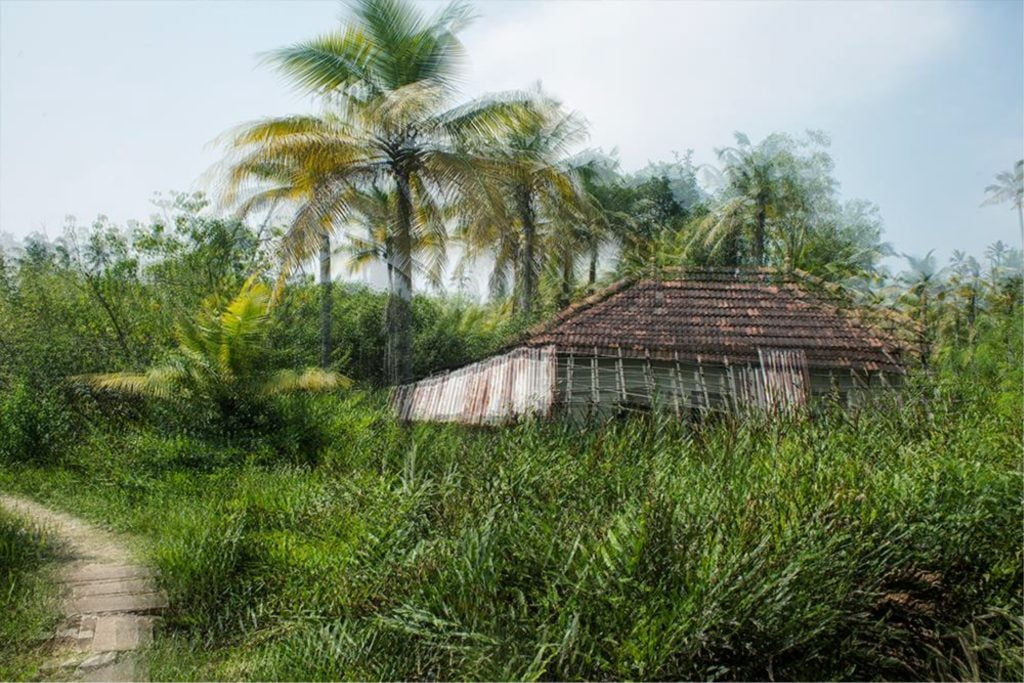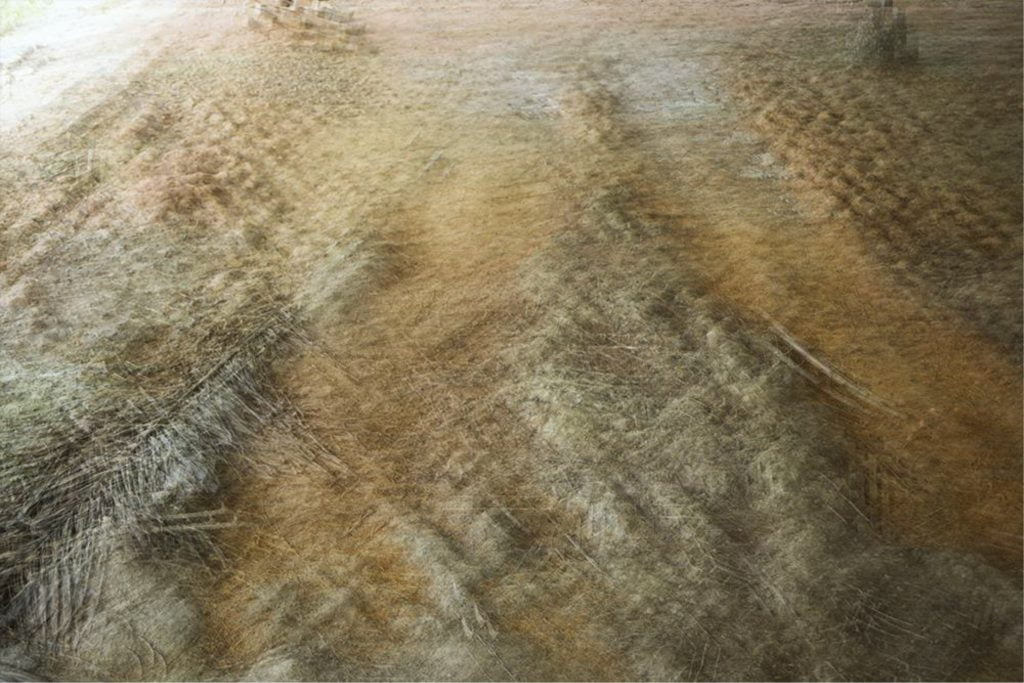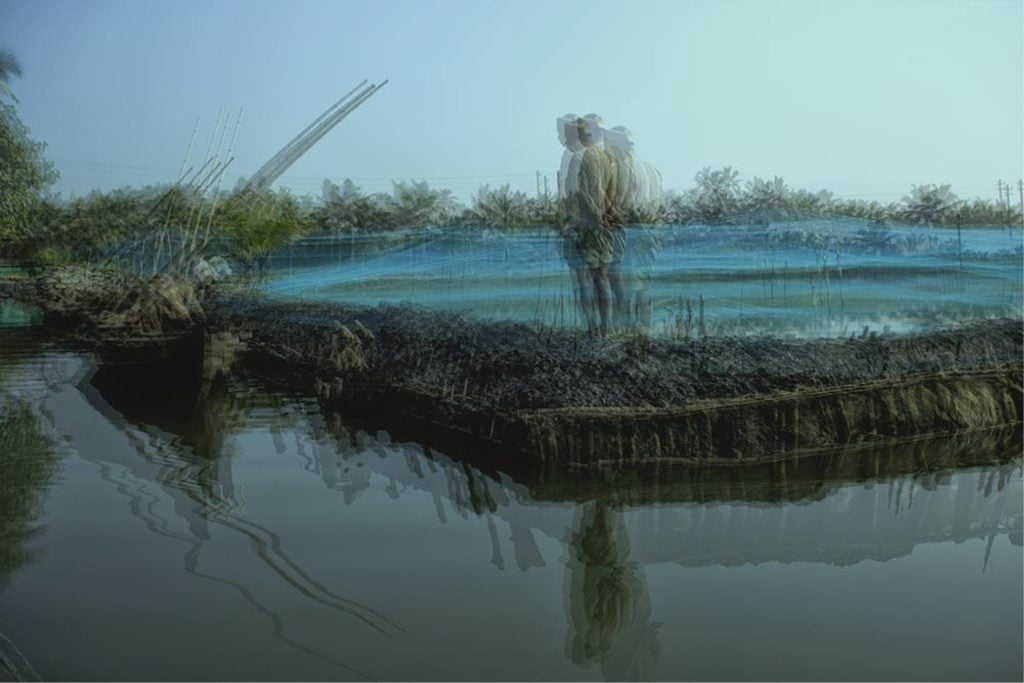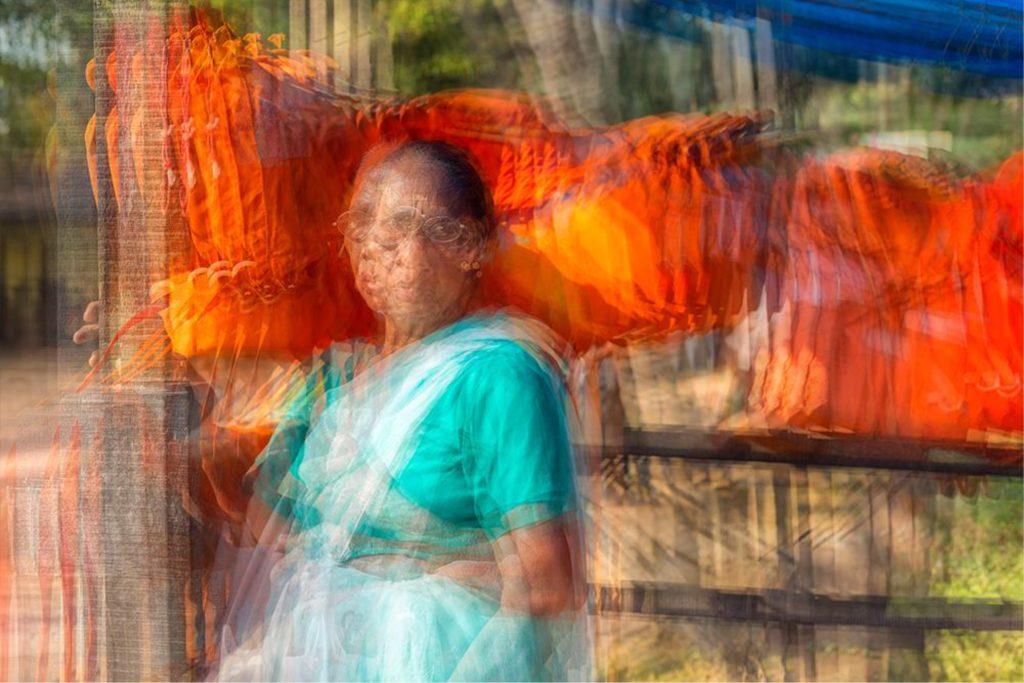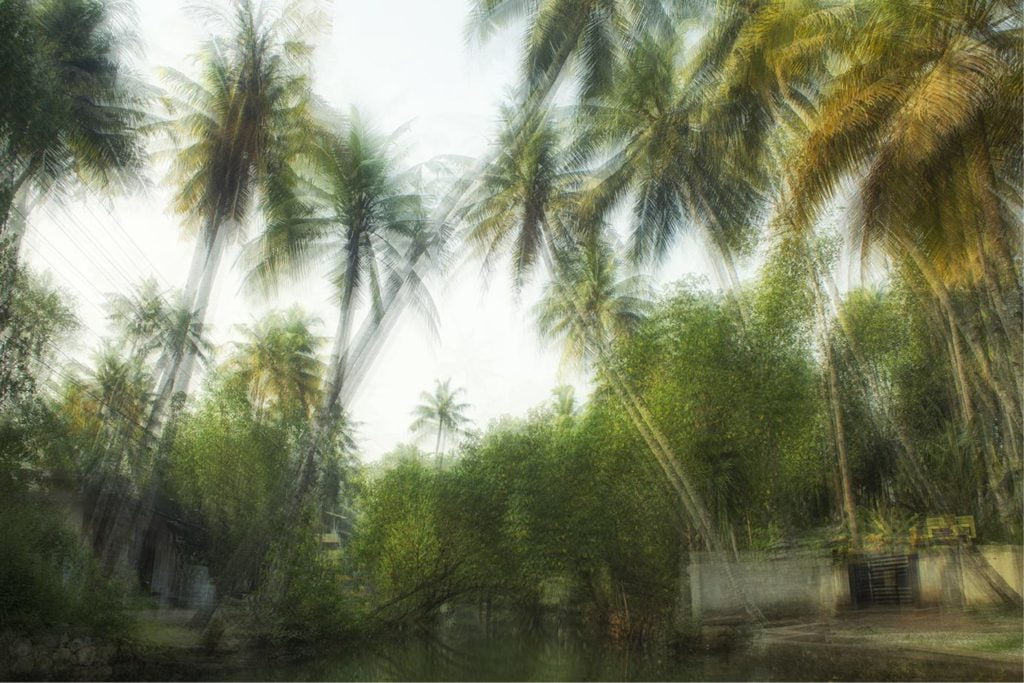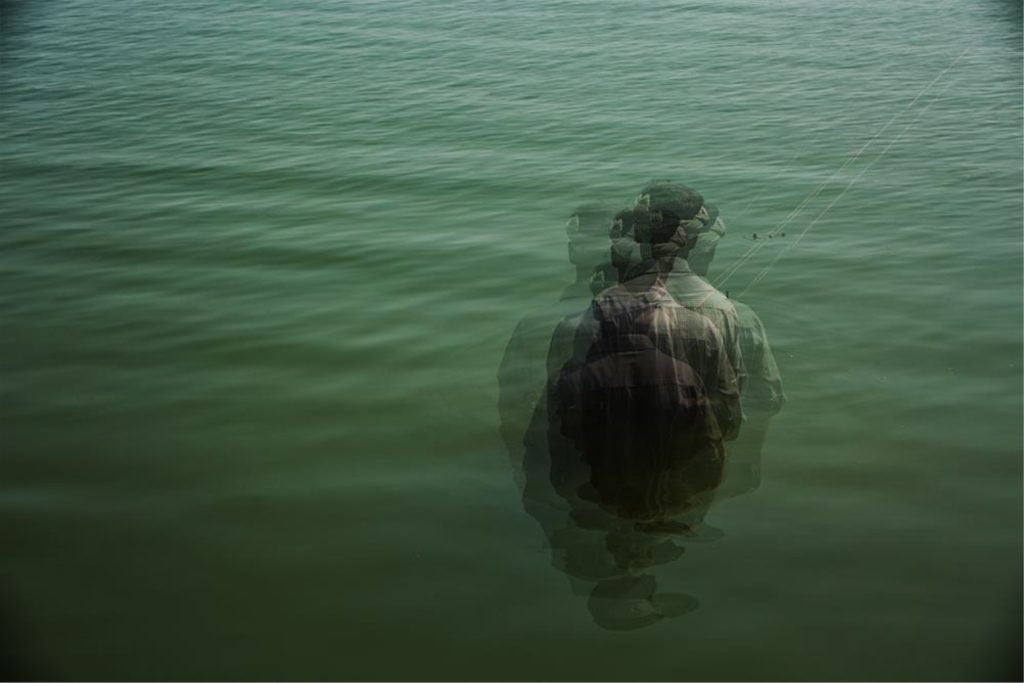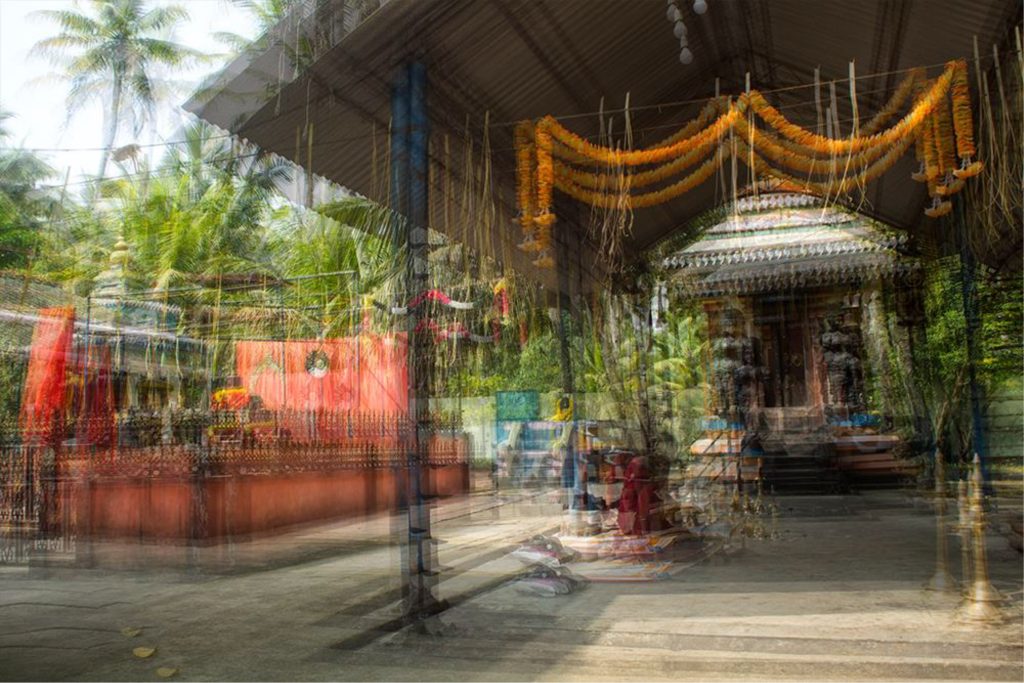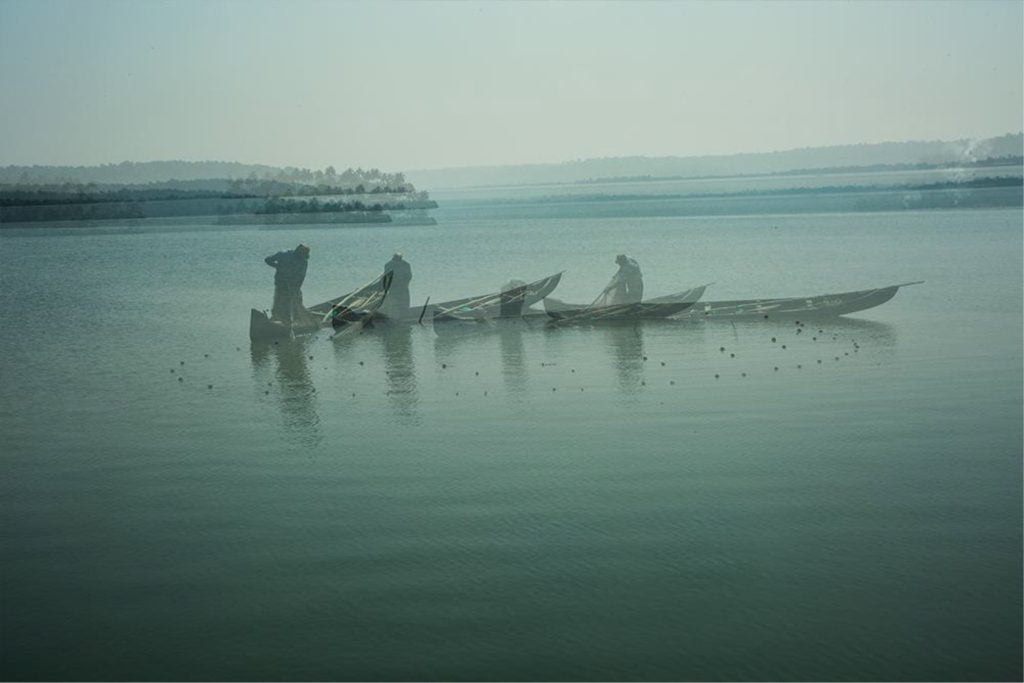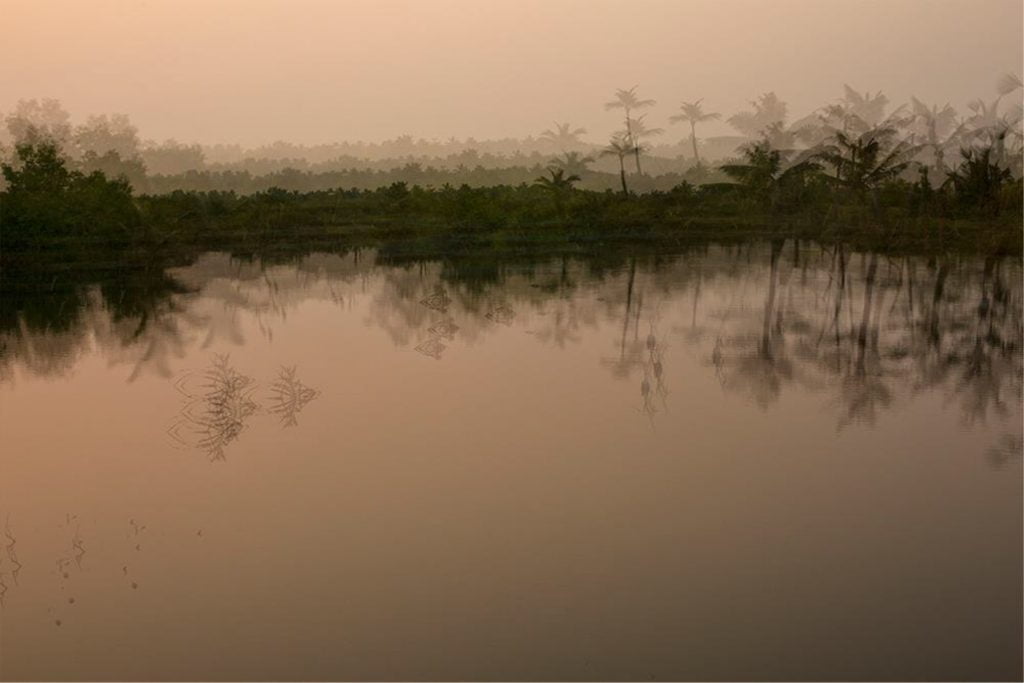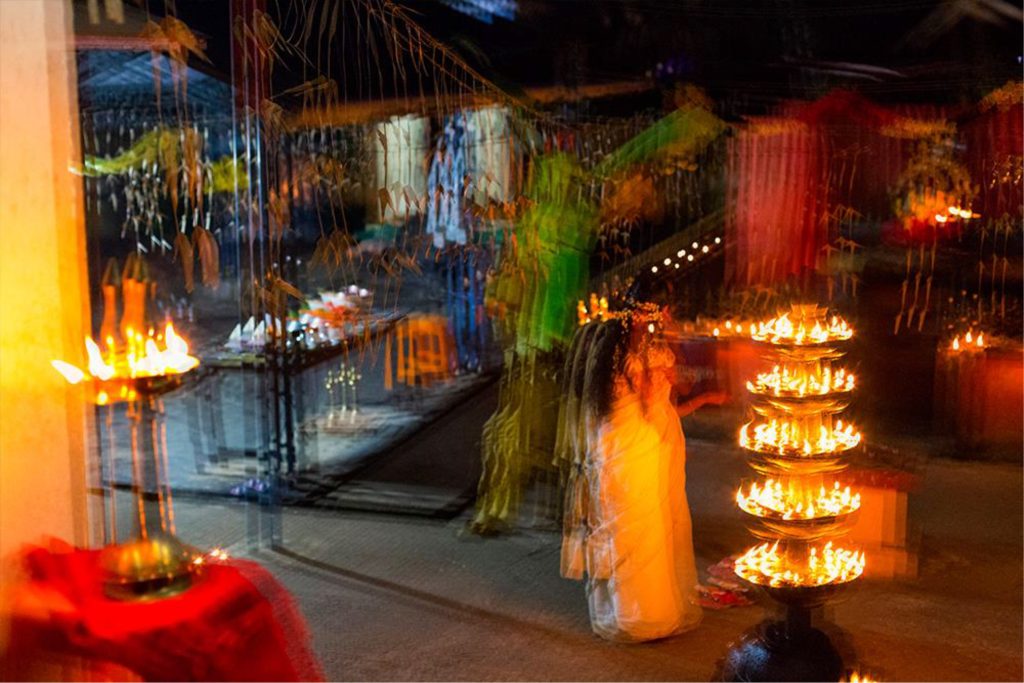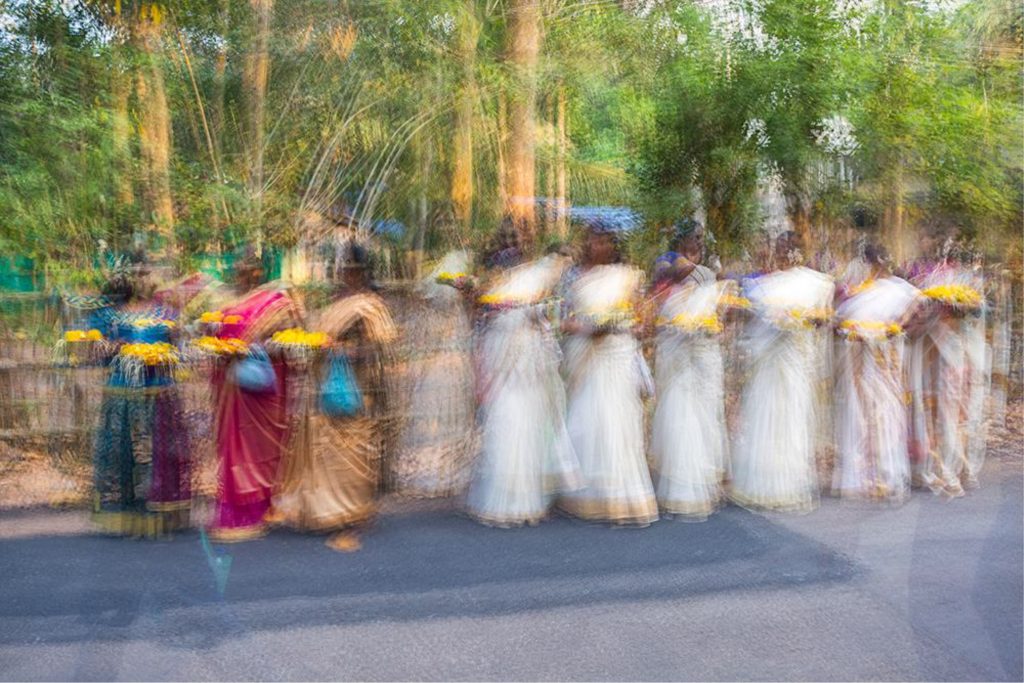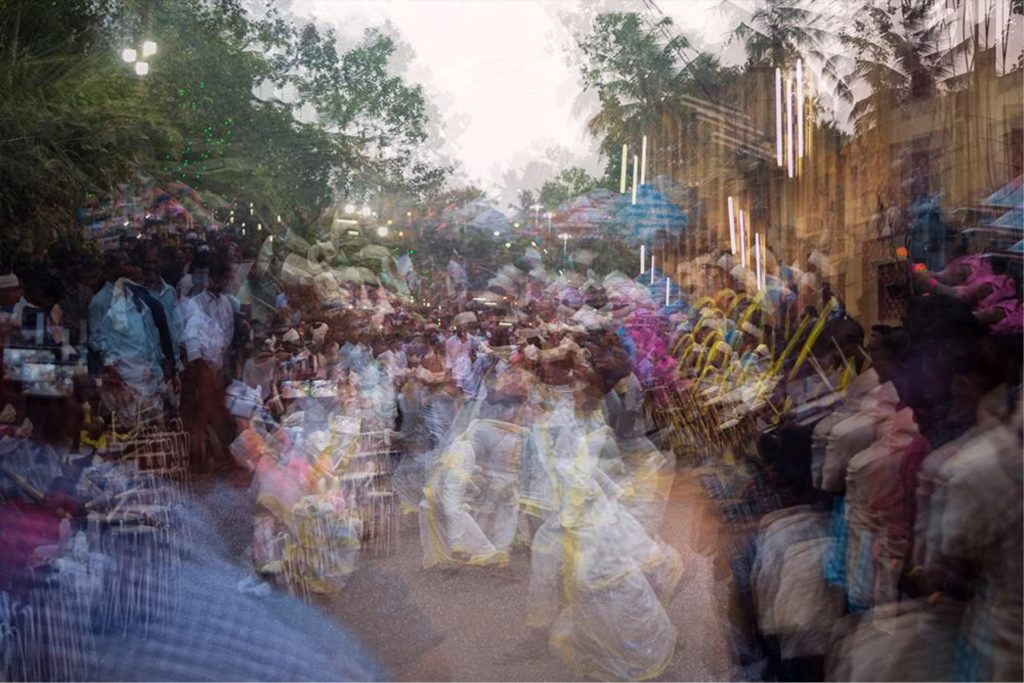Munroe Island is 13.54 square kilometre (group of 8 islands) strip of land surrounded by the backwaters of Ashtamudi Lake and Kallada River.
After the princely state of Travancore came under the British, a Resident was appointed by East India Company as its administrative head. Colonel John Munro was second among them. During his tenure, Munro oversaw land reclamation efforts in the delta where Kallada River joined Ashtamudi Lake. The reclaimed island was named after him as Munroe Island.
In island, people used to have a life drawn up by nature. Forestation of different types of mangroves around the Island used to control soil erosion and sinking. The villagers were depended on coconut coir manufacturing for their livelihood. However, with the construction of Thenmala Dam on the Kallada River and Tsunami in Indian Ocean, Mundrothuruthu began to sink. It destroyed most of the mangroves and endangered lives of the inhabitants. Now due to ferocious tidal waves, these islets are fast submerging and are about to vanish from the map. Already many families have abandoned their homes and fled to the opposite shore.
I hoped to capture the disappearing ‘life and landscape of the island’. Life in island moves along with water, whether it’s birth or death, faith or culture or even daily life. Water determines boundaries on the island.
Through my photograph, I wanted to “challenge perceptions of time, the scale of the vanishing space.” I have focussed on landscape of the island, surface details — reflections and chaos of life. I allowed unpredictability of photography, and distils the ‘organized accidents’ that results in an unusual approach to picture-making.

